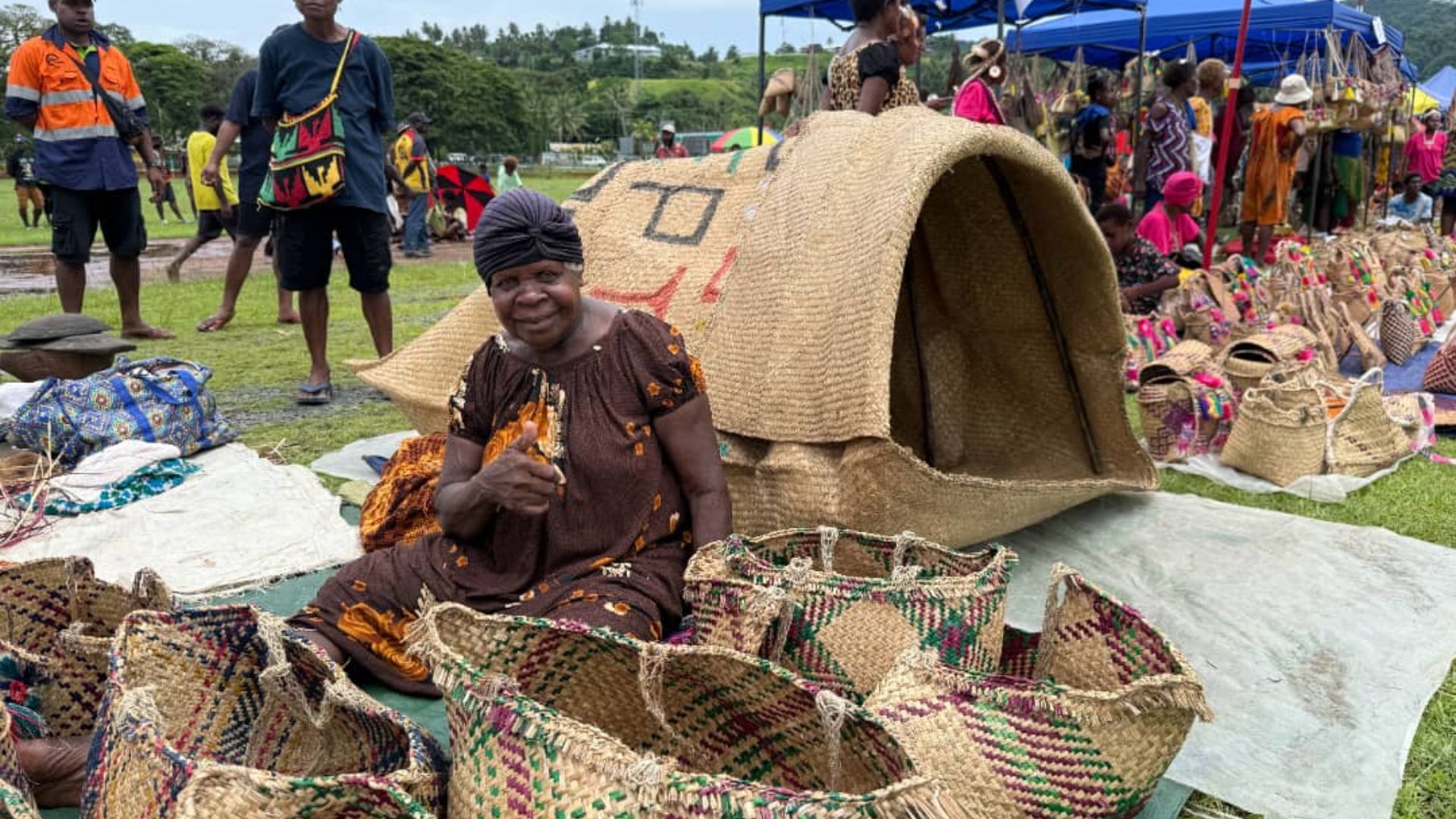The foreign exchange market experienced notable improvement in early 2025, driven by robust commercial inflows and increased activity in the Bank of Papua New Guinea’s (BPNG) weekly foreign exchange auctions.
Bank of PNG (BPNG) Governor Ms. Elizabeth Genia stated that according to the June Monetary Policy Committee (MPC) statement these developments enabled Authorized Foreign Exchange Dealers (AFEDs) to significantly reduce outstanding orders and improve their market positions.
Ms. Genia said over the five months to May 2025, inflows totaled K10.8 billion (US$2.6 billion), while outflows reached K13.5 billion (US$3.3 billion), resulting in a net outflow of K2.7 billion (US$654.5 million).
“BPNG’s interventions, amounting to K2.0 billion (US$486.0 million), partially offset this deficit. The volume of foreign exchange orders declined sharply - from K794.9 million in January to K127.2 million by the end of May reflecting the impact of strong inflows and BPNG’s active market interventions.
A significant development was the emergence of interbank trading, suggesting improved liquidity conditions within the foreign exchange market.
However, sustained progress hinges on maintaining consistent inflows of foreign currency,” Ms. Genia said.
She said Mining companies are actively converting surplus funds from their foreign currency accounts in accordance with Foreign Currency Account (FCA) regulations.
“Agriculture sector recorded an 80 percent increase in inflows driven by improved global commodity prices and exchange rate depreciation.
These activities are expected to further bolster the supply of foreign currency. BPNG’s move to increase the frequency of foreign exchange auctions from monthly to weekly has enhanced market liquidity, helping to meet the IMF’s benchmark of eliminating import orders older than two months.
Gross reserves decreased from US$3,532.9 million in January to US$3,213.1 million in May, primarily due to the BPNG’s FX interventions and government debt repayments.
Despite the decrease, reserves remain comfortably above the IMF’s net international reserves (NIR) floor of US$1,925 million,” she said.
Ms. Genia added that this reserve buffer provides an important safety net amid volatile global commodity prices and exchange rate adjustments.
“The exchange rate has continued to adjust under the crawl-like arrangement aimed at addressing the Kina’s overvaluation. By 30th May 2025, the Kina depreciated by 2.4 percent against the US dollar to US$0.2438, and by 5.8 percent against the Australian dollar to AU$0.3792.
The depreciation against the USD reflects ongoing efforts to restore competitiveness, while the movement against the AUD was influenced by Australia’s moderate inflation and stable economic conditions as well as cross currency movements caused by the impact of US trade tensions.
Over a six-month period, the Kina weakened further - by approximately 3.2 percent against the USD and 1.9 percent against the AUD - highlighting a gradual adjustment process. The Trade Weighted Index (TWI), which measures the overall value of the Kina relative to a basket of currencies, also declined, decreasing by 5.3 percent over the six-month period to end May 2025.
The TWI stood at 26.12 at the end of May, down from 26.35 in the previous month, indicating a broad-based weakening of the Kina.
These exchange rate movements reflect the ongoing policy measures aimed at correcting overvaluation and stabilizing the economy amid fluctuating global commodity markets,” Ms. Genia said.




